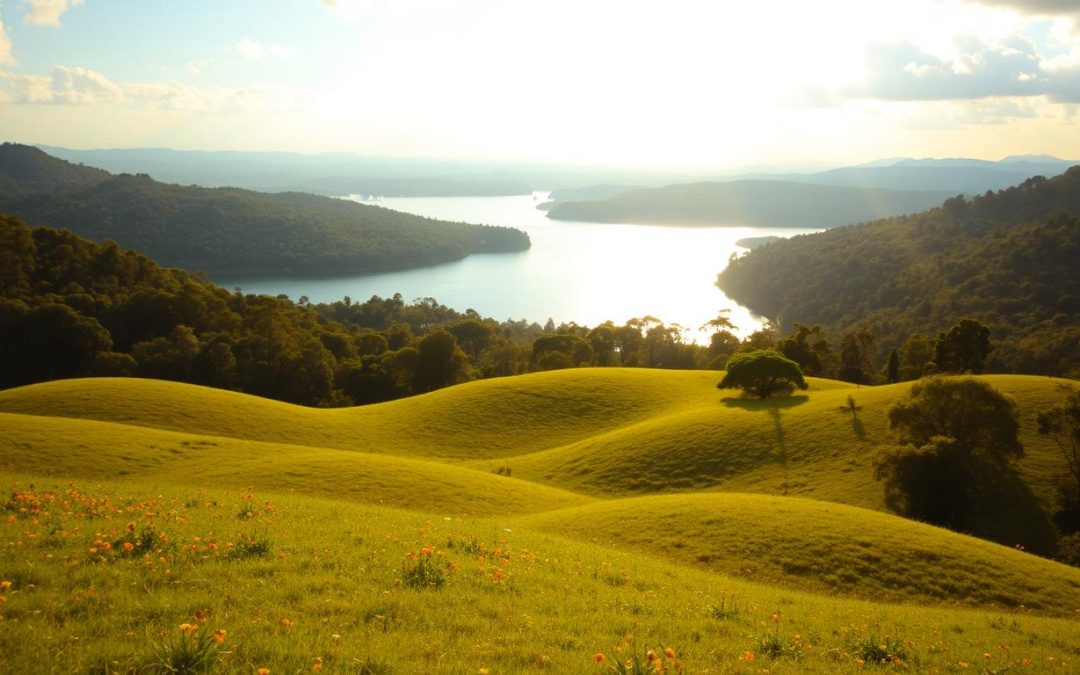Have you ever wondered how to make the most of your trip by aligning it with the perfect weather? Planning your visit to Burundi during the right season can transform your experience, ensuring you enjoy every moment under ideal conditions.
This guide is designed to help you navigate the climate of this beautiful country. Burundi’s unique geographical position offers moderate temperatures, making it a year-round destination. However, understanding the seasonal variations can help you pack wisely and plan your activities better.
Whether you’re exploring the vibrant city life or the serene countryside, knowing the best time to visit can enhance your journey. From June to August, the dry season provides pleasant weather, perfect for outdoor adventures. May also offers a great balance of mild temperatures and fewer crowds.
Stay tuned as we dive deeper into the specifics of Burundi’s climate, helping you make informed decisions for your next trip. Let’s ensure your adventure is as smooth and enjoyable as possible.
Key Takeaways
- Plan your trip during the dry season (June to August) for optimal weather conditions.
- May offers mild temperatures and fewer tourists, making it a great alternative.
- Understanding seasonal variations helps in packing and activity planning.
- Burundi’s geographical position ensures moderate temperatures year-round.
- Explore both city and countryside with confidence by choosing the right time to visit.
Overview of Burundi’s Climate and Weather
Understanding the climate of a destination is key to planning a seamless trip. In this East African country, the weather is shaped by its unique geography and altitude. Let’s dive into what makes the climate here so distinct and how it affects your travel plans.
Climate Overview and Geographical Influences
Burundi’s high altitude, averaging 1,500 meters above sea level, gives it a cooler climate compared to other equatorial regions. The proximity to Lake Tanganyika and the Ruzizi River also plays a role in moderating temperatures. These factors create a tropical highland climate, ideal for year-round travel.
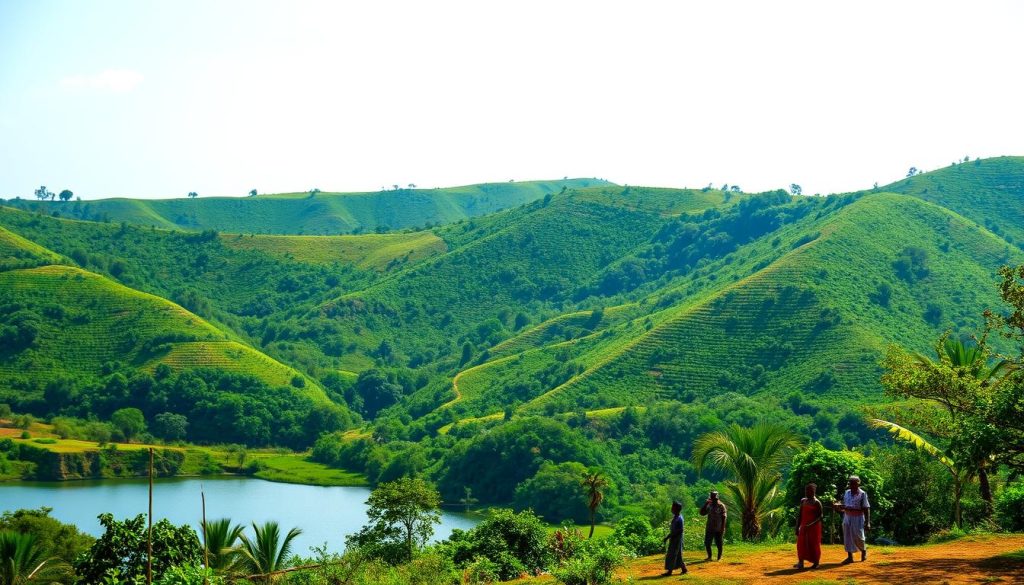
Rainy and Dry Seasons Explained
The country experiences two rainy seasons and two dry seasons. The major rainy season runs from February to May, with April and May being the wettest months. A minor rainy season occurs from September to November. The long dry season, from June to August, is the most popular time to visit due to its pleasant weather.
Temperature Ranges and Humidity Levels
Average temperatures range between 15°C and 25°C throughout the year. In mountainous areas, nighttime temperatures can drop to 10°C during July and August. Humidity levels can reach up to 90% during the rainy season, making it feel warmer than it actually is. Understanding these patterns helps you pack appropriately and plan activities that suit the weather.
Burundi: Best Months for a Weather-Savvy Trip
Timing your visit to align with ideal weather can make all the difference. The period from June to September stands out as the most favorable for exploring this East African gem. During these months, the climate is at its most comfortable, making it perfect for outdoor activities and sightseeing.
Optimal Travel Months: June to September
June marks the start of the long dry season, which extends through September. This is when rainfall is minimal, and humidity levels drop significantly. Temperatures remain mild, averaging between 20°C and 25°C, creating a pleasant environment for travel.
Bujumbura, the coastal capital, enjoys a refreshing breeze from Lake Tanganyika during this time. This makes it an excellent base for exploring nearby attractions. Whether you’re hiking in the mountains or relaxing by the lake, the weather enhances every experience.
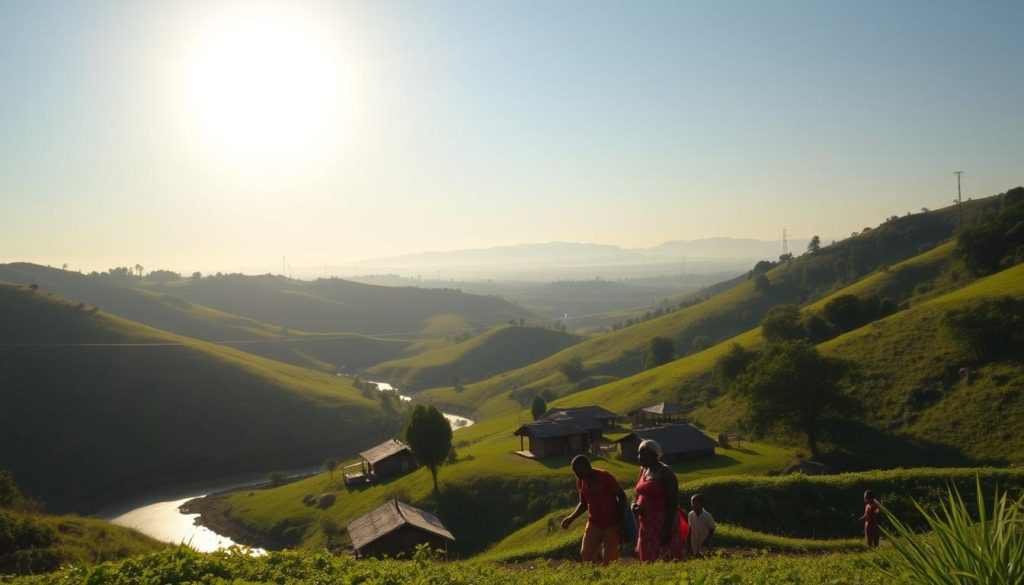
Month-by-Month Weather Conditions
Here’s a detailed breakdown of what to expect each month during this optimal travel window:
| Month | Average Temperature (°C) | Rainfall (mm) | Humidity (%) |
|---|---|---|---|
| June | 22 | 15 | 65 |
| July | 21 | 10 | 60 |
| August | 22 | 12 | 62 |
| September | 23 | 20 | 68 |
As the table shows, July is the driest month, with just 10mm of rainfall. This makes it an ideal time for outdoor adventures. September sees a slight increase in rainfall, but it remains manageable, offering a great balance between pleasant weather and fewer crowds.
By planning your trip during this window, you’ll enjoy comfortable temperatures, low humidity, and minimal disruptions from rain. This ensures a smooth and memorable travel experience.
Planning Your Weather-Savvy Trip to Burundi
Planning a trip to this East African gem requires more than just a map; it’s about preparing for the weather and local conditions. Whether you’re visiting Bujumbura or exploring the countryside, being ready for seasonal changes ensures a smooth and enjoyable experience.
Essential Packing Tips for All Seasons
Packing smartly is key to staying comfortable in Burundi’s varied climate. For the dry season, lightweight clothing like cotton shirts and breathable pants is ideal. Evenings can get cooler, especially in mountainous areas, so pack a light jacket or sweater.
During the rainy months, waterproof gear is a must. A sturdy raincoat, waterproof shoes, and a compact umbrella will keep you dry. Don’t forget a small daypack to carry essentials like sunscreen, a reusable water bottle, and insect repellent.
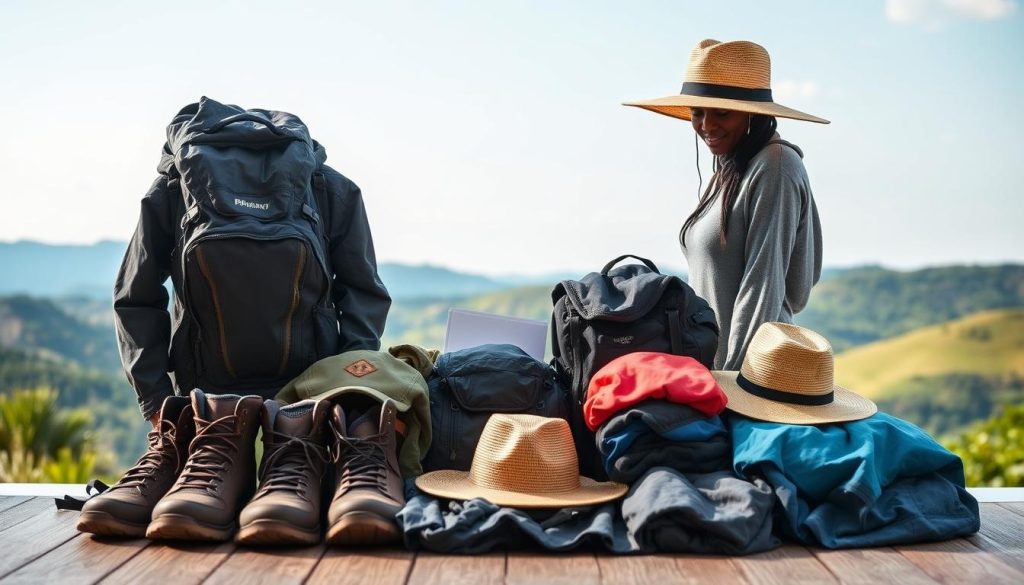
| Item | Dry Season | Rainy Season |
|---|---|---|
| Clothing | Light cottons, breathable fabrics | Waterproof layers, quick-dry materials |
| Footwear | Comfortable walking shoes | Waterproof shoes or boots |
| Accessories | Sunglasses, hat | Umbrella, raincoat |
| Health | Sunscreen, insect repellent | Antimalarial medication, first aid kit |
Travel and Safety Considerations
Staying safe while traveling is just as important as packing right. The UK FCO advises travelers to be up-to-date on vaccinations, including yellow fever and typhoid. Malaria is a risk in this region, so antimalarial medication is strongly recommended.
When exploring urban areas like Bujumbura, keep your belongings secure and avoid walking alone at night. In rural areas, stick to well-traveled paths and hire local guides for hikes or excursions.
Weather can also impact your travel plans. During the rainy season, roads may become slippery or flooded, so plan extra time for transportation. Always check local forecasts before heading out.
By preparing for both dry and wet conditions, you’ll ensure your trip is not only enjoyable but also safe. Whether you’re relaxing on the beach or exploring the vibrant city, being weather-savvy makes all the difference.
Exploring Burundi: Destinations and Experiences
Exploring Burundi’s diverse landscapes and vibrant culture is an adventure waiting to unfold. From bustling cities to serene lakeside escapes, this East African gem offers something for every traveler. Whether you’re drawn to its rich history or breathtaking natural beauty, the weather conditions play a key role in enhancing your experience.
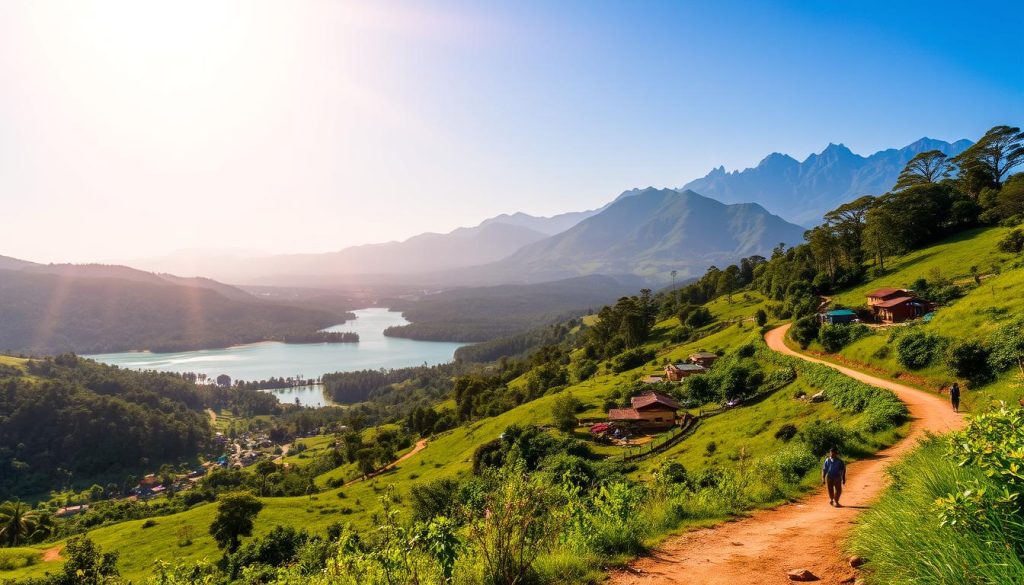
Discovering Bujumbura and Lakeside Attractions
Bujumbura, the lively capital, is a must-visit for its unique blend of urban energy and lakeside tranquility. Situated along the shores of Lake Tanganyika, the city offers stunning views and refreshing breezes. Stroll along the waterfront, visit the bustling markets, or enjoy a sunset cruise on the lake.
For nature lovers, the Rusizi National Park is a short drive away. Here, you can spot hippos, crocodiles, and a variety of bird species. The weather in Bujumbura is most pleasant from June to September, making it an ideal time to explore.
Cultural and Natural Highlights
Beyond the city, Burundi’s cultural and natural treasures await. Visit the Gishora Drum Sanctuary to witness traditional drumming performances, a UNESCO-recognized cultural heritage. The country’s dramatic mountain scenery, like the Kibira National Park, offers excellent hiking opportunities.
Lake Tanganyika’s crystal-clear waters are perfect for swimming, kayaking, or simply relaxing. The day trips to these destinations are best enjoyed during the dry season, when the weather conditions are favorable.
Immerse yourself in local traditions by visiting rural villages and engaging with communities. The warmth and hospitality of the people will make your visit Burundi truly memorable.
With the right planning, you can experience the unique charm of this country in optimal weather. Whether you’re exploring its cultural sites or natural wonders, Burundi promises an unforgettable adventure.
Conclusion
Planning your journey with the best time visit in mind ensures a seamless and enjoyable experience. From June to August, the dry season offers pleasant weather, perfect for outdoor adventures. May and September also provide mild temperatures and fewer crowds, making them great alternatives.
Packing smartly is essential. Lightweight clothing works well during the dry months, while waterproof gear is a must for the rainy season. Staying safe is equally important. Ensure you’re up-to-date on vaccinations and take antimalarial precautions. Always check local forecasts to avoid weather-related disruptions.
Explore vibrant destinations like Bujumbura, where lakeside attractions and cultural sites await. Whether you’re hiking in the mountains or relaxing by the beach, the time visit you choose can enhance every moment.
Use this guide as your go-to resource for a smooth and memorable trip. Embrace the adventure, knowing you’ve chosen the best time visit to make the most of your journey.
The above is subject to change.
Check back often to TRAVEL.COM for the latest travel tips and deals.
Here are some Tours & Sightseeing suggestions that might pique your interests!
